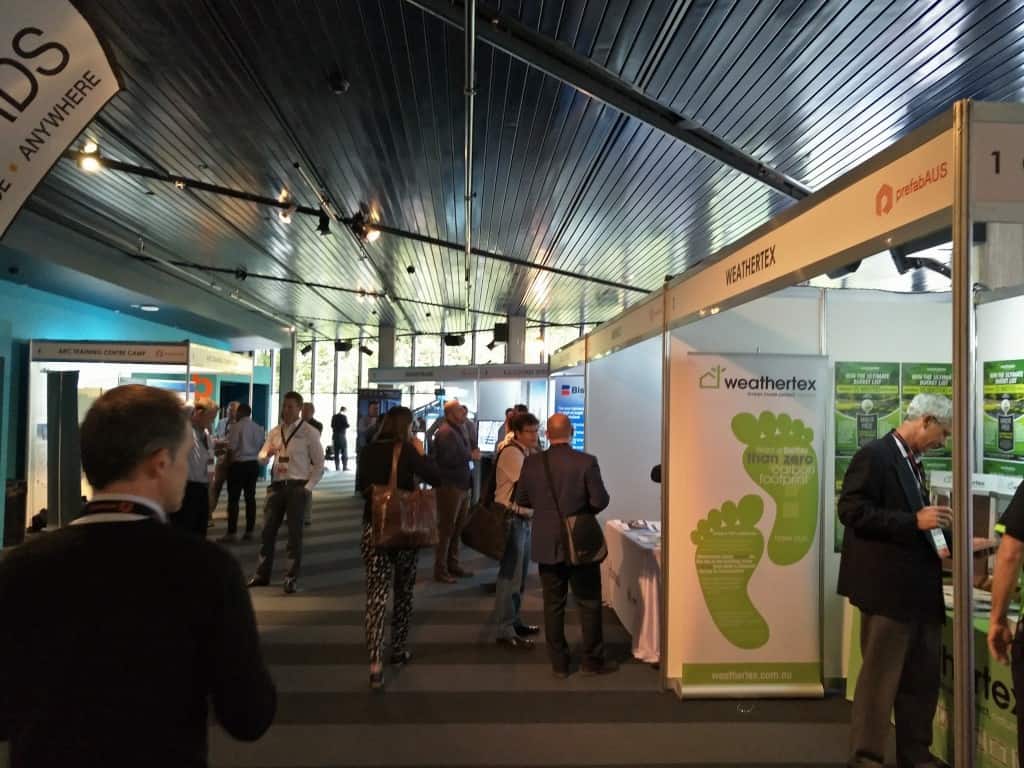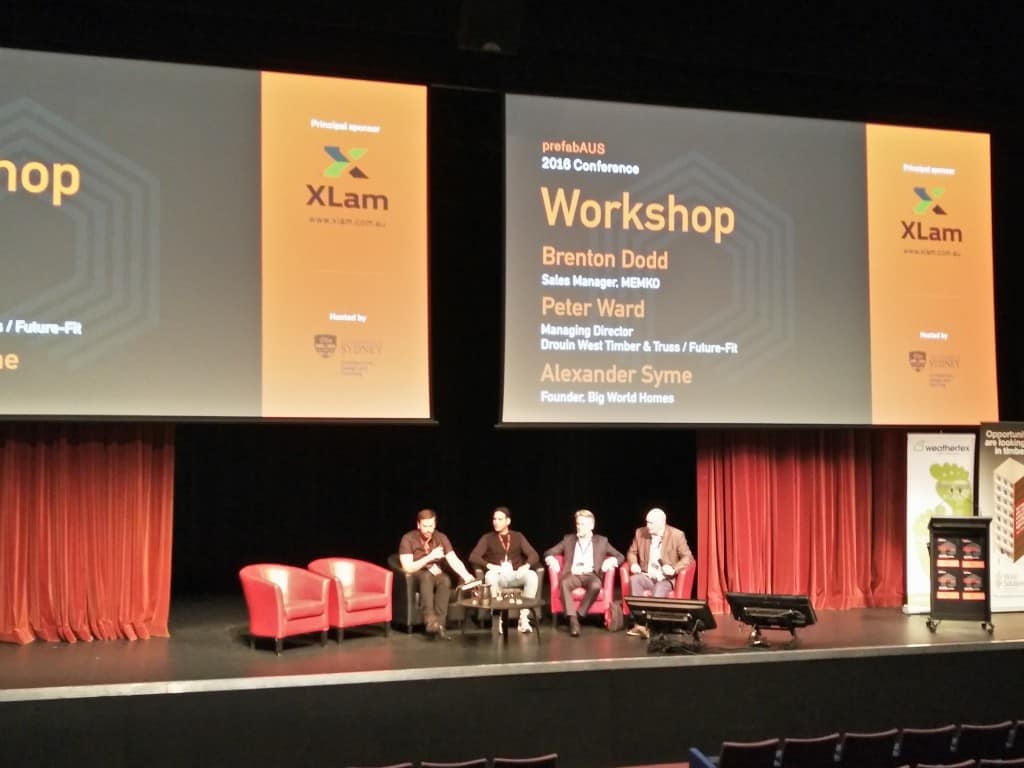PrefabAUS national conference wrap-up
The third annual prefabAUS conference wrapped up last week with construction industry experts from around the world speaking at the event that was hosted at University of Sydney Department of Architecture, Planning and Design from October 10-2.
Key highlights included international research on trends, challenges and opportunities in prefabrication, the use of new timber technologies for mid-rise constructions and designing and constructing more affordable, environmental and sustainable buildings.
Professor Marc Norman from the Harvard University Graduate School of Design curated the Designing Affordability: Quicker, Smarter, More Efficient Housing Now exhibition that was recently held at the Centre for Architecture in New York, which featured at prefabAUS 2016.

Marc discussed the philosophy behind his exhibition and the ways in which architects, engineers, planners, policy makers and ordinary citizens are creating innovative ways to reduce the cost of housing, increase opportunity, rethink the way we live and show new ways to build and maintain structures.
“Developers, individuals, governments and architects are designing affordable solutions and creating models for addressing the crisis and creating new opportunities for us all,” Marc says. “Modular construction holds the promise of quicker construction timeframes, consistency and better construction quality management. While originally confined to low rise structures, this method is now bringing innovative design to mid-rise and high-rise housing.”
The keynote address from award-winning architect and author Associate Professor Ryan Smith, from The University of Utah’s Integrated Technology in Architecture Centre, revealed a decade’s worth of international studies on prefabrication around the world. “This study worked to reveal the benefits of prefabrication,” Ryan said.

His research showed that modular construction cuts costs by 16 percent and reduces time by 45 percent compared with traditional builds. He said, “The biggest challenges the construction industry faces in adopting off-site methods are the difficulties with regulatory authorities, transportation logistics, coordination with designers and industry knowledge.”
New prefabricated technologies, materials and processes are helping provide cleaner, quieter construction sites and more environmental buildings. Author and expert in Industrial Technologies and former CEO of Italian Timber Design Bureau, Dr Paolo Lavisci spoke about the use of timber for mid-rise buildings that’s now allowed in Australia.
Cross Laminated Timber (CLT) has similar characteristic to concrete and steel yet is 80 percent lighter than traditional structures and offers better thermal performance while requiring less energy to heat and cool. Projects in Australia currently under construction with CLT include Strongbuild’s affordable housing project of 101 apartments in Sydney’s Campbelltown for BlueCHP.

The conference also looked at work conditions and the importance of shifting the construction industry towards a superior means of building delivery to address the increase in economic and labour demands and environmental concerns.
The annual national prefabAUS Conference was a chance to network and learn from industry experts around the world.
